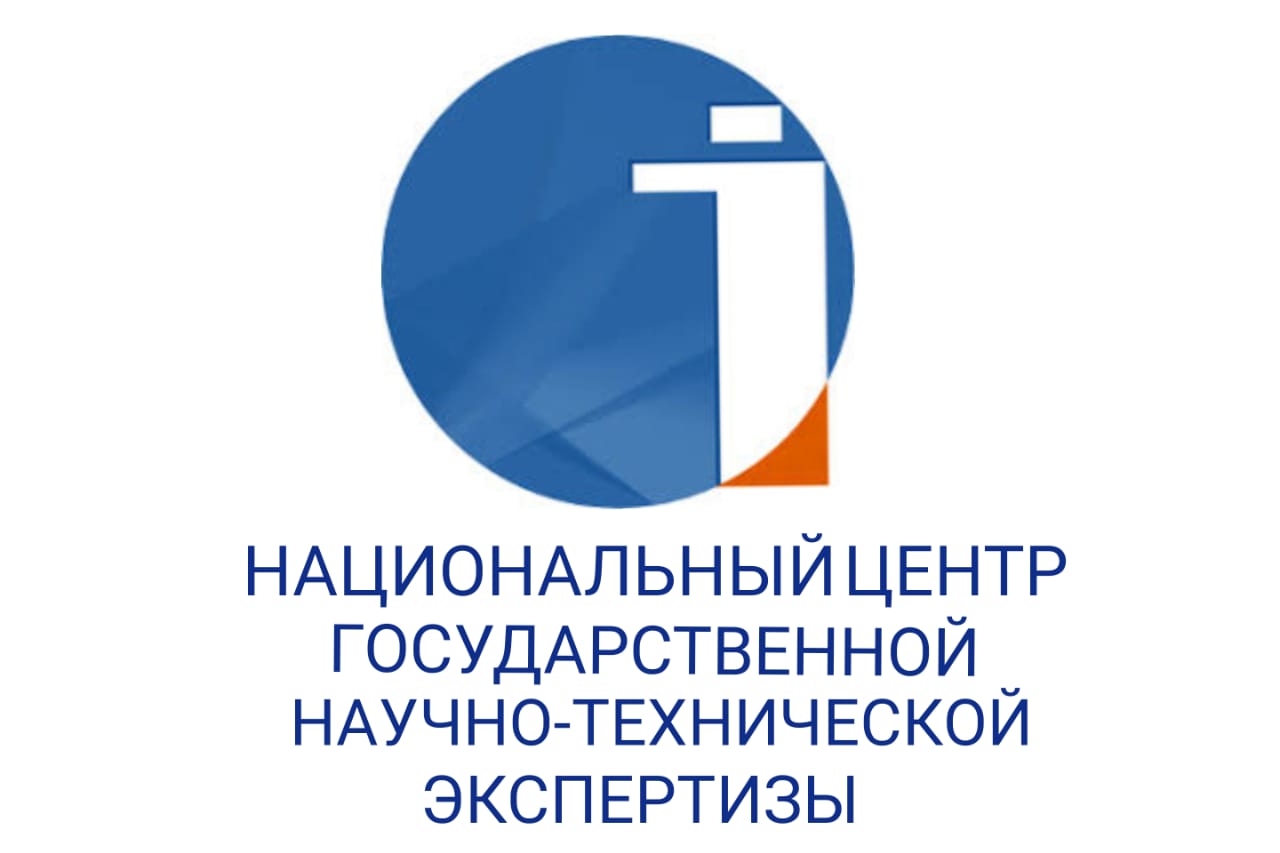DEVELOPING COMMUNICATIVE COMPETENCE BASED ON ZOOANTHROPONYMS (LIVESTOCK)
DOI:
https://doi.org/10.48371/PHILS.2025.3.78.035Keywords:
zooanthroponym, livestock, competence, eclecticism, communication, meaning, theme, contentAbstract
This article examines the main methods and approaches in teaching a language as a foreign language with a communicative focus. It argues that involving students through such important topics as zooanthroponyms, which preserve the customs and historical way of life of the people, can significantly increase their interest in further language acquisition. The article examines the principles of teaching language based on zooanthroponyms, paying special attention to the selection of the necessary lexical minimum for building up vocabulary.
The purpose of the article is to use semantic, structural and other analyses of zooanthroponyms to evaluate the effectiveness of methods and approaches in teaching language, to justify the targeted use of zooanthroponyms as lexical units, taking into account the role of communication as the main direction in teaching language. To determine the features of methods and game types of teaching language based on zooanthroponyms.
Research methods: a retrospective method for identifying historical data, lexical-semantic analysis is used to determine the meanings, component analysis is used to identify the structure of onyms.
Zooanthroponyms used in everyday life are defined as secondary names that enrich the vocabulary. To implement these principles, the article discusses language teaching methods that take into account the characteristics of students and the types of games used to consolidate the knowledge gained.
In addition, the article discusses methods and approaches to teaching Kazakh as a foreign language in general education institutions and centers. It also defines the linguodidactic foundations for studying Kazakh zooanthroponyms at the initial, intermediate and advanced stages of teaching Kazakh as a foreign language.
The practical significance of the article lies in the fact that its main results can be used in theoretical courses such as lexicology, onomastics, cognitive linguistics, linguacultural studies, as well as in practical classes on teaching the Kazakh language.








